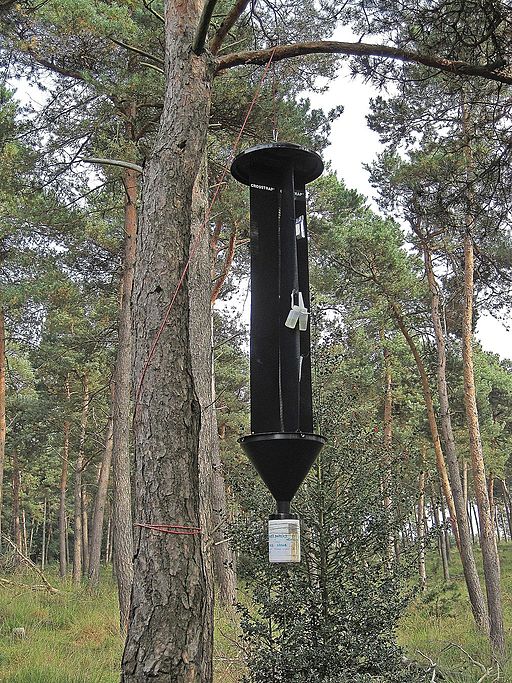Sex pheromones provide environmentally-friendly alternatives to pesticides for pest management in agriculture
Semiochemicals are substances involved in communication between insects. These include both intraspecific (pheromones) and interspecific (allelochemicals) substances. Sex pheromones are species-specific substances of varying chemical structures (either a single molecule or a discrete blend of molecules), generally emitted by females, that elicit a powerful attractant effect and mating stimulus on males.
Since the discovery of the silkworm sex pheromone in 1959, the identification of chemical signals influencing animal behaviour has advanced enormously. Currently, more than 3,500 semiochemicals have been catalogued.
Insect sex pheromones provide sustainable alternatives to conventional pesticides for agricultural pest management. Pesticides are progressively being restricted by European legislation due to concerns about negative impacts on biodiversity because, generally, they can kill multiple species including pollinators and other beneficial insects. In contrast, pheromones act only the target species.
Pheromones are already successfully employed in the control of many lepidopteran and coleopteran species, and several are commercialised by leading companies in the chemical and phytosanitary sectors. Insect sex pheromones are applied in the field using different strategies, depending on the availability of the active substance and whether the final aim is surveillance or protection. The use of pheromones as attractants in insect traps is a common strategy for population monitoring, providing valuable data to inform pest management strategies. This plays a crucial role in the early detection of invasive species, the threat of which is increasing with climate change. Pheromones are also used for crop protection using deployment strategies that efficiently influence population dynamics at large scale:
- The “Attract and Kill” strategy uses pheromones as attractants to lure the target species into traps or into contact with insecticides, reducing the population of reproductive individuals.
- The “mating disruption” strategy disperses sex pheromones across a locality to confuse and disrupt the location of females by males, preventing mating and blocking the reproductive cycle.
In all cases, the active molecule (or blend of molecules) needs to be formulated and deployed in appropriated dispensers such that the active ingredients are emitted at a suitable dose and rate. There is no doubt that integrated pest management in agriculture would benefit from the wider incorporation of environmentally-friendly pheromone-based insect control strategies.

